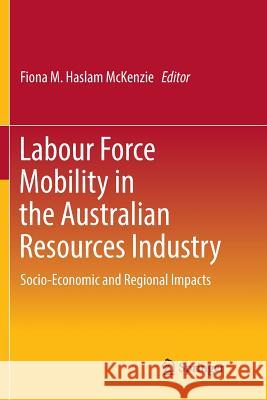Labour Force Mobility in the Australian Resources Industry: Socio-Economic and Regional Impacts » książka
topmenu
Labour Force Mobility in the Australian Resources Industry: Socio-Economic and Regional Impacts
ISBN-13: 9789811095054 / Angielski / Miękka / 2018 / 194 str.
Labour Force Mobility in the Australian Resources Industry: Socio-Economic and Regional Impacts
ISBN-13: 9789811095054 / Angielski / Miękka / 2018 / 194 str.
cena 403,47
(netto: 384,26 VAT: 5%)
Najniższa cena z 30 dni: 385,52
(netto: 384,26 VAT: 5%)
Najniższa cena z 30 dni: 385,52
Termin realizacji zamówienia:
ok. 22 dni roboczych
Bez gwarancji dostawy przed świętami
ok. 22 dni roboczych
Bez gwarancji dostawy przed świętami
Darmowa dostawa!
Kategorie:
Kategorie BISAC:
Wydawca:
Springer
Język:
Angielski
ISBN-13:
9789811095054
Rok wydania:
2018
Wydanie:
Softcover Repri
Ilość stron:
194
Waga:
0.30 kg
Wymiary:
23.39 x 15.6 x 1.12
Oprawa:
Miękka
Wolumenów:
01
Dodatkowe informacje:
Wydanie ilustrowane











